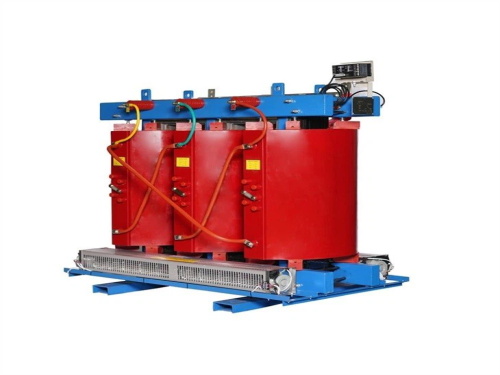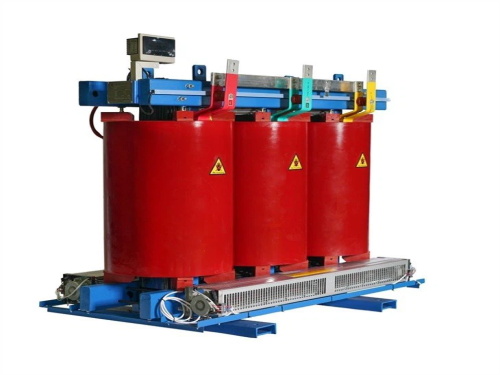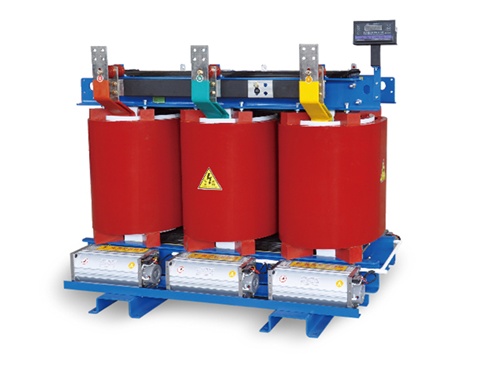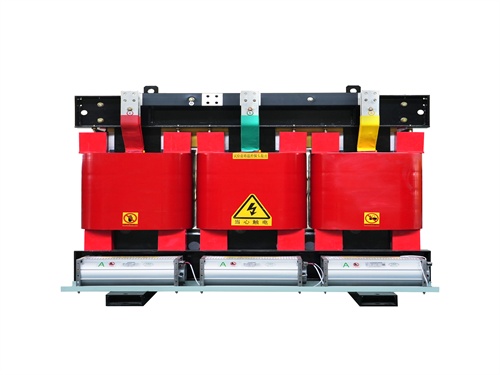
Inquiry

Project Review

Machining

Quality Control

Pass/Fail

Delivery
A closed dry-type transformer is a type of transformer that places the iron core and winding inside a closed enclosure.
A closed dry-type transformer is a type of transformer that places the iron core and winding inside a closed enclosure. Its core feature is that it is not immersed in insulating liquid (such as transformer oil), but is cooled by external air circulation. The following provides a detailed explanation from the aspects of definition, characteristics, application scenarios, and advantages and disadvantages:


Definition and classification
Enclosed dry-type transformer belongs to a type of dry-type transformer, whose body is located inside a closed shell and does not directly contact the external atmosphere. Dry type transformers can be divided into three categories according to their structure:
Fully enclosed: placed inside a pressure free sealed enclosure, with internal air circulation cooling.
Enclosed: placed inside a ventilated enclosure and cooled by external air circulation.
Non enclosed: without protective casing, relying on natural or forced air circulation cooling.
Technical Characteristics
Cooling method:
Mainly relying on external air circulation for heat dissipation, some models are filled with sulfur hexafluoride (SF ₆) gas and forced to circulate to improve insulation and heat dissipation performance, approaching the effect of oil immersed transformers.
The cooling methods are divided into natural cooling (AN) and forced air cooling (AF), with the latter increasing the rated capacity by 50% (suitable for short-term overload).
Protection level:
The protection level of the shell is usually IP20 (preventing foreign objects ≥ 12.5mm) or IP23 (preventing water from 60 ° angle), suitable for harsh environments.
Insulation and heat resistance:
Using F-grade (155 ℃) or H-grade (180 ℃) insulation materials, with temperature rise limits of 100K and 125K respectively (at an ambient temperature of 40 ℃).
The winding is often cast with epoxy resin (SCB type) or NOMEX ® Paper impregnation (SG type) ensures mechanical strength and heat resistance.
Energy efficiency parameters:
The no-load loss (iron loss) and load loss (copper loss) comply with the national standard GB 20052-2020 energy efficiency standard, and some models achieve first level energy efficiency.
The range of short-circuit impedance is usually 4% to 6%, used to limit short-circuit current and match system capacity.
Application scenarios
Enclosed dry-type transformers are suitable for the following scenarios:
Adverse environment: places with high dust and strong corrosive gases such as mining areas and chemical plants.
Explosion proof requirements: such as underground railways, oil platforms, and other flammable and explosive environments.
Public facilities: high-rise buildings, commercial centers, airports, and other places with high fire safety requirements.
Power system: Provide stable voltage for lighting and small power sources in the distribution network.


Advantages and disadvantages analysis
Advantages and disadvantages
High safety: oil-free design, avoiding the risk of fire and explosion. Low heat dissipation efficiency: The sealed casing leads to poor heat dissipation conditions, which may affect overload capacity.
Strong adaptability: resistant to harsh environments, dustproof, moisture-proof, and corrosion-resistant. High cost: The structure is complex and the manufacturing cost is higher than that of an open type.
Easy maintenance: No need for regular oil changes, low maintenance costs. Loud noise: The fan noise during forced air cooling may affect the environment.
Environmental friendliness: No risk of oil leakage, in compliance with environmental requirements. Larger volume: Compared to oil immersed transformers, it has a larger volume and weight.
Selection suggestions
Environmental adaptability: Choose the protection level (such as IP20 or higher) according to the location, and for explosion-proof scenarios such as mining areas, choose enclosed transformers filled with SF ₆.
Load demand: Determine the rated capacity based on load characteristics, taking into account short-term overload capacity (such as a 50% increase in capacity after the fan is started).
Energy efficiency standards: Priority should be given to selecting models that meet the first level energy efficiency requirements of GB 20052-2020 to reduce operating costs.
Cooling method: Natural cooling is suitable for rated loads, while forced air cooling is suitable for scenarios that require short-term overload.
summary
The enclosed dry-type transformer provides a safe and reliable power solution in harsh environments through its enclosed shell design, especially suitable for explosion-proof, dustproof, moisture-proof and other scenarios. Despite its disadvantages in terms of heat dissipation efficiency and cost, its high safety, low maintenance requirements, and environmental characteristics make it widely used in industrial and public facilities. When selecting, it is necessary to comprehensively consider environmental conditions, load characteristics, and energy efficiency standards to ensure optimal performance and economy.

The main products include oil immersed transformers, dry-type transformers, power transformers, amorphous alloy transformers, mining transformers, box type substations, high and low voltage switchgear and supporting products
Add: South Head of Mount Huangshan Road, Liaocheng Development Zone, Shandong, China
Email:sdbyqcj@163.com
Tel: +86 13706354419